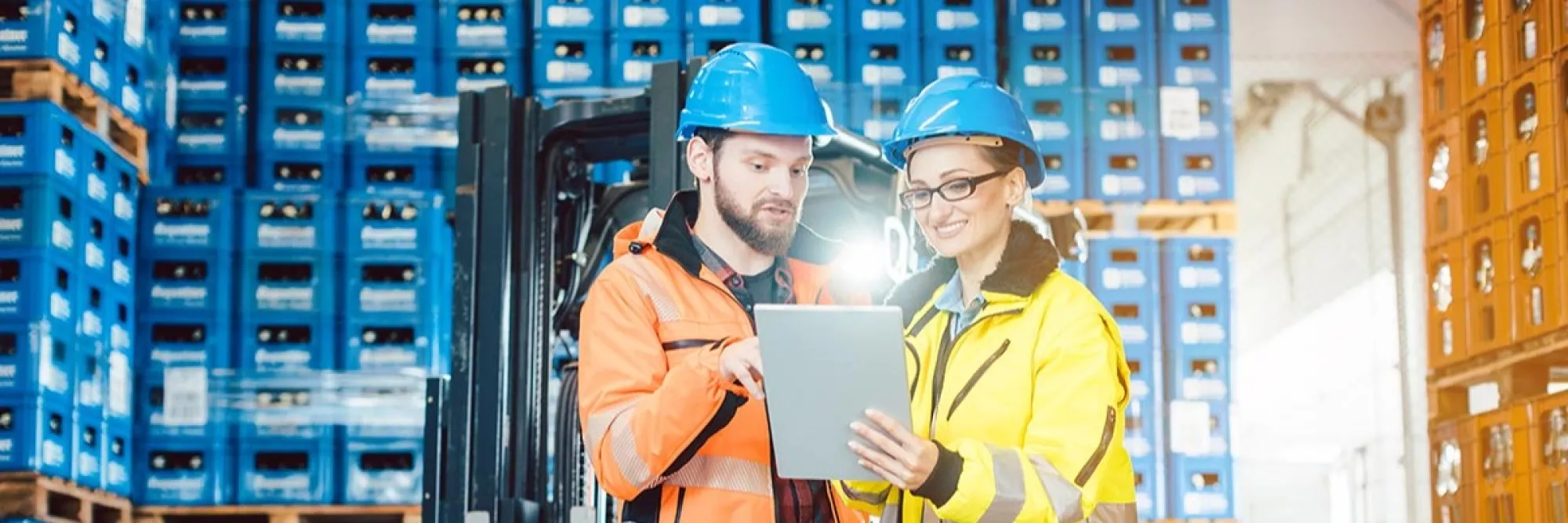Thermocouple SensorThermocouple is a sensor for measuring temperature. This sensor consists of two dissimilar metal wires, joined at one end, and connected to a thermocouple thermometer or other thermocouple-capable device at the other end. When properly configured, thermocouples can provide temperature measurements over wide range of temperatures. Temperature Range: -200°C to +260°C (-328°F to +500°F) |
|
| K Type Thermocouples are known as general purpose thermocouple due to its low cost and temperature range For use with X-13s, FA100, and X-TC1W-K only |
Upgrade your temperature sensing—get the Type K thermocouple today!
Ensure precise temperature measurements with our Type K thermocouple, featuring a molded connector and PFA insulation. With a durable 24AWG design and a length of 183cm (72"), this thermocouple is ideal for a variety of applications where accuracy and reliability are essentialThermocouples are known for their versatility as temperature sensors therefore commonly used on a wide range of applications - from an industrial usage thermocouple to a regular thermocouple found on utilities and regular appliances. Due to their wide range of models and technical specifications, it is extremely important to understand its basic structure, how it works, its ranges as to better determine what is the right type and material of thermocouple for your application
Features
Accuracy: -200°C – 0°C: 2%
Type K, 24AWG, PFA insulation
Length: 183cm (72″)



